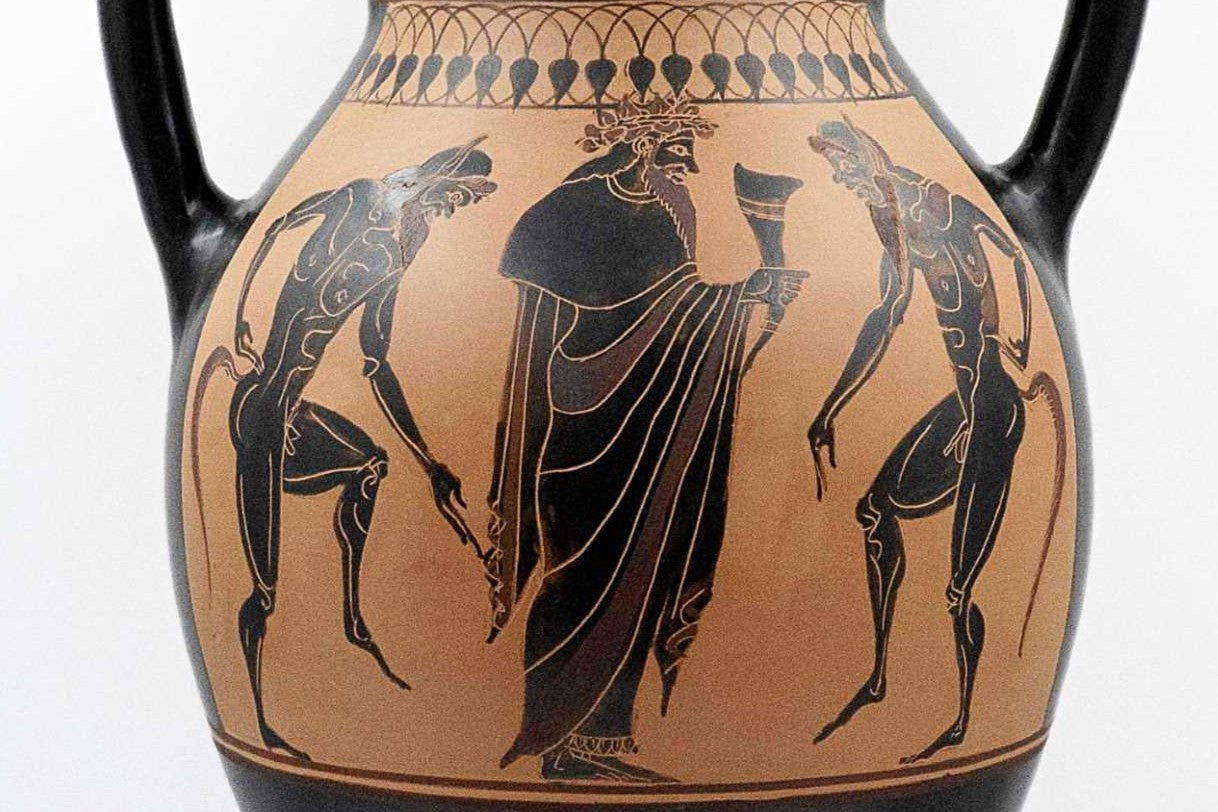
Dionysus and the Harvest of October
From the Oschophoria to today’s wine festivals in Attica
October may not be the month most directly tied to Dionysus, yet it is in this season that his presence is felt most strongly. As the grape harvest ends and wine-making begins, the god of wine, festivity, and transformation presides over the vineyards.
In antiquity, Athenians marked this moment with the Oschophoria festival. Young men, dressed in women’s clothing, carried grape branches (oschoi) as symbols of the harvest’s completion and the promise of new wine. The festival reflected Dionysus’s deeper role as a god of change and thresholds, not only of revelry.
Today, October in Attica continues this rhythm. In the Mesogeia region, wine festivals bring communities together to taste the year’s vintage and honor a tradition rooted in antiquity. Folklore around the grapevine—signs in the leaves or weather predicting the next harvest—still echoes the ancient reverence for wine.
Wine in antiquity was not only harvested and consumed—it was also ritually shared. Special vases were created for this purpose: the kantharos, a deep cup associated directly with Dionysus himself; the krater, used for mixing wine with water during the symposium; and the psykter, a cooling vessel that floated within the krater to chill the wine. Each carried symbolic weight, linking everyday practice with divine presence.
As autumn deepens, October invites us to raise a cup to Dionysus—god of wine, joy, and the transformations that shape our lives.
👉 Explore our Autumn Finds: Dionysus and Wine collection, featuring kantharoi, kraters, and other vessels inspired by the ancient cult of the vine.


Leave a comment